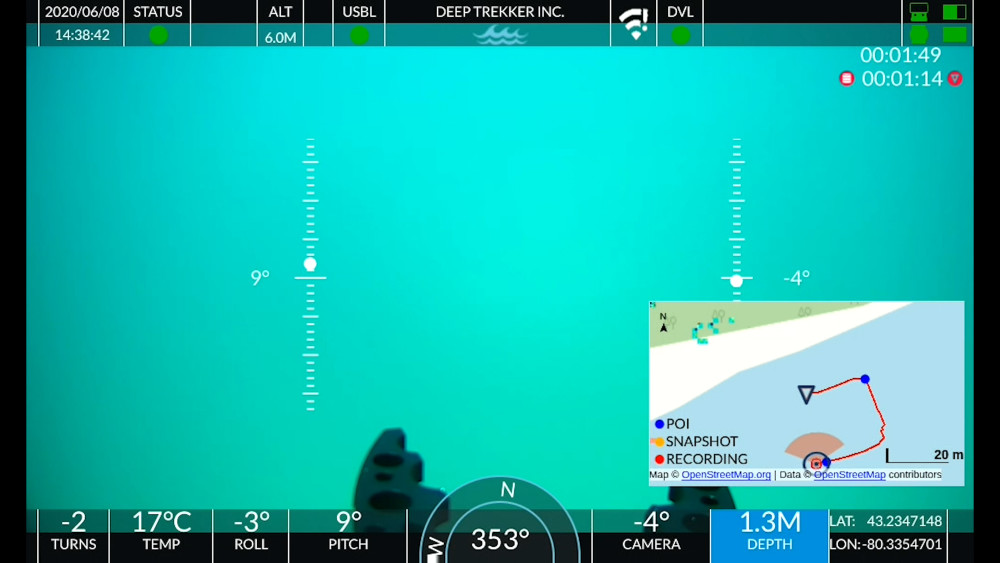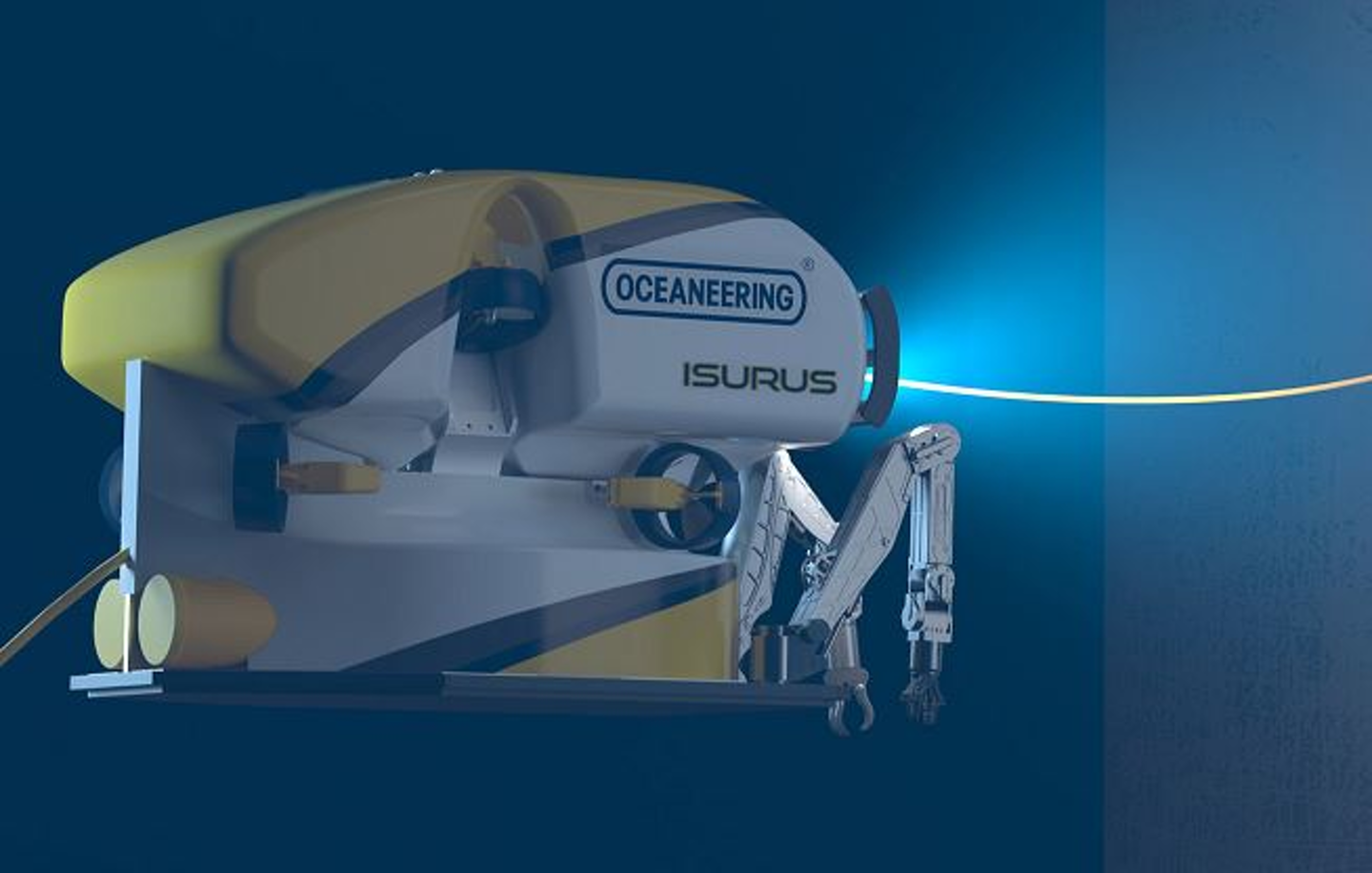Home › Forums › ROV › ROV Technical Discussions › Main Lift Reterms – wires in or out
- This topic has 46 replies, 24 voices, and was last updated 13 years, 11 months ago by
tc1.
-
AuthorPosts
-
December 23, 2009 at 10:07 pm #3191
Ray Shields
ParticipantAfter reading the latest IMCA Safety Flash http://www.rovworld.com/phpnuke/modules.php?name=Forums&file=viewtopic&t=3358&highlight= and reading about the latest main lift reterm failure, I thought I’d start a discussion about the potting of main lifts.
Every company, manufacturer, and Supervisor, seems to have their own idea of carrying out a main lift reterm. Some of the different methods/ideas:-
Clean the inside of the bullit, some leave as bare metal, others spray silicon inside so that it comes out easier at reterm.
Bend over the wires/leave them straight. The theory being if the wires are bent then if the potting fails the bent wires will jam on the way out. Others say by bending the wires you risk premature failure.
Leave the ends of the wires sticking out of the potting/leave the ends of the wires inside the potting. Leaving them out means you will see if the potting fails, the ends will pull inside. Others say if you leave the ends out they will beginm to corrode and the corrosion will work its way up the wires and the termination will fail.
Main Lifts – how do you do yours?
December 23, 2009 at 10:22 pm #25908Pascobalbodeano
ParticipantEvening Ray,
Did a lot of this sort of stuff in my last job, anchor handling. We always cleaned the bullet best we could, splayed the wires, cleaned them and then potted them straight no bends. The maximum I saw on one of these far exceeds what you would see on an ROV system, if my mind serves me right it was around 550 tonnes.
I know what you mean about different companies and different ideas. Bend or no bend being the main discussion point. I had never heard the silicon one, kind of defeats the point of cleaning the bullet if you are just going to introduce a foreign substance into the equation.
I personally favour the following having used it so much in the past.
Clean the bullet best you can.
Splay the wires and degrease.
Cut the wires to size (no bending.)
Pot the bullet and wait a minimum of an hour.Test and use!
Pascobal.
December 23, 2009 at 11:14 pm #25909Rons_ROV_Links
ParticipantI had never heard the silicon one, kind of defeats the point of cleaning the bullet if you are just going to introduce a foreign substance into the equation.
Fully agree. After cleaning/degreasing the wires only the potting and no other substances should be applied.
Maybe the documentation of WireLock can give some information.
I’ve used potting only on normal steel wires.
For lifting umbilicals we used a ‘dry’ termination by means of a cone that was positioned over the electrical part of the umbilical and under the steel lift wires.
In the manual of the Schilling Quest ROV it is recommend to straighten the wires and bend (90 degrees) the last 10mm.After a re-termination of a lifting umbilical a load-test should be performed.
December 23, 2009 at 11:51 pm #25910Andy Shiers
ParticipantI also agree 🙂
Clean the bullet best you can.
Splay the wires and degrease. ( the wirelock does the rest )
Cut the wires to size (no bending and keep the wires inside the wirelock pour so that none are visible )
Pot the bullet and wait a minimum of an hour. ( before moving it )
But two and a half minimum before banging it through the system !
Happy Crimbo Party poppers 😀December 24, 2009 at 12:04 am #25911Col
ParticipantI was always told not to use silicon spray as it can create airspaces when you add the wirelok. I was taught:
Clean the bullit spotless
Clean/degrease the wires
Usually main lifts have two layers, leave the inner straight and attach an earthing lead on one.
Bend the outers 10-15mm almost straight up (like a hook)
Cover it all wire wirelok, give it three hours and loadtest it to whatever the spec is.
Go and have tea, let nightshift sort the fibres 😀December 24, 2009 at 1:57 am #25912Mark McGirr
ParticipantThe idea of splaying the wires is "old hat".
A principle that used to be used, but not any more (by most companies and manufacturers).
If it’s going to go, it’s going to go. I don’t think a few bent wires are going to hold anything together. The load test will soon let you know.
Saying that, there is another topic. Load test! Why push something to it’s limit and create fatigue (by testing well over the stresses it will ever be used to), thus creating the possibility of failure later, just to prove it works!
Food for thought!December 24, 2009 at 6:29 am #25913DJansen
ParticipantWell I’ve plenty of mech reterms.. for a whole range of subs/TMS’s. I’ve continued to do it the way I was shown 20 yrs ago.. No faliures so far.
Clean the inside of the bullet with a suitable solvent/cleaner
FIRST ! Slide the bullet on the umbilical…….Then
Clasp the umbilical with a band-it or hose clamp then clasp it again in three or four places along it’s length to prevent the lay unravelling.
Measure the internal length of the bullet (or check the drawing/manual) and bend back the outer layer a suitable lenght. Degrease the wires, then abraid with emery cloth (very important if galvanised wire)
Bend back the internal layer and cut to lenght for a tidy job.. Degreaee and abraid these wires as before..
once everything is REALLy clean and grease free. Make the bullet fast somewhere on deck and use the winch or a-frame to pull the wire assembly into the bullets cavity.. Pull on it until it is properly seated in the cavity.. Up end the bullet and fill with wirelok..
Wirelok requires a certain ambient temp or the reaction is very slow.. So best to pot in a sheltered or heated area if the weather is very cold.
As for the bending back.. I was told it was done mainly to prevent any sharp wire ends from protruding from the potting.. Which on some of the older bullet designs had a good chance of piercing the soft umbilical core if the bullet was lent over on the top of the TMS.. Most designs have stoppers now.. Last mech reterm I did was a three layer jobby.. Despite the ‘you’ll never do it’ we mangaged to bend all the wire over neatly and ended up with a perfect wirelok.. Load tested to 23 ton
Think the main objection to bending is that if the umbilical is very old a corroded you’ll find that the wires snap as you bend them.. For me I’d cut the umbilical back further to a good bit or call for a new umb…
Like has been said before.. No definative way for anything in the ROV game.. If it works for you and it’s safe it’s prolly okay.. Or see how others do it and devise your own improved version learning a little from every scenario..
Oh and from memory the wirelok is good to go after 45 mins (depends on temp) If in doubt read the leaflet
December 24, 2009 at 8:32 am #25914Andy Shiers
ParticipantI have also learnt over the years that you never rush a job like this as it can seriously come back and bite you in the ass 😯 Dayrate or Lumpsum 😕
When asked how long it will take , Mulitply by five 😀
Anything less is a bonus 😀December 24, 2009 at 8:58 am #25915Anonymous
GuestDeep water systems tend to be triple armour, rotation resistant and fairly stiff high tensile steel. With internal bullet profiles getting slimmer there is no chance to bend back any of the layers. Even if you wanted too. Though it was perhaps an option and popular 15-20 years ago. There is no need and its not part of the design or principle. As noted on any regular socketed wire.
Wirelok doesn’t require adhesion to the internal bullet surface for reterm strength of course. Its the wedge of Wirelok around the wires that takes the load and its the wires that need to cleaned the most. However I would not spray the internal surface of the bullet and would try an limit any Wirelok contamination as much as possible. A spare bullet should be on board for reterms ideally.
Above all, most companies have a procedure, or you should get one sent out. The "I know best" approach were everyone has there own version is a recipe for disaster. Wire assurance and integrity is a major focal point for most companies these days. Those that work for the likes of Shell and BP anyway.
December 24, 2009 at 9:00 am #25916Savante
ParticipantI agree with you there lb; every time someone tries to cut a corner, you get BITTEN in the ass a week later !!
After a total disaster in ’07 with having to deal with 809 for a double reterm (vehicle and tms were supplied as a total mess), we decided to do it properly according to seaeye procedures and LLoyds-London.
Splay out the umbrella using alternate wires!
I thought I’d throw this in to the mix though – last year I was doing some wireline work in the states, deploying tools down a cased hole. The retermination procedure used by those guys is very similar to that used by ours (Seaeye) – alternate lines splayed out like an umbrella. They use a 11mm armoured monoconductor to pull enormous forces so it definately cuts the mustard.
The difference they use is that they have a small perforated ring that they use to hold the ends of the splayed section. No wirelock required though. (temperatures in well wreck it so it’d be useless!). But perhaps this would be a good way of shaving an 8 hour cure off ROV reterms…….
December 24, 2009 at 10:00 am #25917iROV
ParticipantMechanism is about the friction on the surface area of wire/resin and grip resin/cone. Creating a bigger surface area by degreasing cone/wires and splaying/bending wires will reduce slip and strengthen the grip.
Re-lube the umbilical after re-term to prevent friction/corrosion on the strands.
December 25, 2009 at 12:00 am #25918subseascott
ParticipantDoes anybody have a date o when an XL re-term procedure was written, where I’m pretty sure it states that the armor gets bent back. XLX’s are pretty much using the same top hats but not sure what their procedures
state?When you look at a TMRV, Slingsby issue a packer for the bullet? End of the day, same engineers, same bullets pretty much, not too dis similar weights but different principals.
December 25, 2009 at 9:24 am #25919HelpMaBoab
ParticipantThere are so different ideas about how the reterms are prepared.
Oceaneering for example require that all the individual strands are cleaned and emery cloth used until shiny, then all of the strands bent back on themselves.
Slingsby used to instruct techs to degrease only and splay and use greaseproof paper or spray with mould release (to assist future reterms, which on the Olympian trencher T2 in the early days were weekly).
PSSL now use the Technip method which is each wrap is bent back and bandited, this is very time consuming.Personally I do reterms the way Wirelok recommend, simply degrease and splay, no bending or sanding the galvanising off (ala Oceaneering).
Keep it simple.
I also agree people can go over the top on testing, TMS + ROV base weight + through frame lift X 1.5 no more.
Cheers
Merry ChristmasDecember 25, 2009 at 11:04 am #25920bcklad
ParticipantOceaneering for example require that all the individual strands are cleaned and emery cloth used until shiny, then all of the strands bent back on themselves.
Personally I do reterms the way Wirelok recommend, simply degrease and splay, no bending or sanding the galvanising off (ala Oceaneering).
OI no longer use the fish hooking method and now instruct us to splay the wires out. They changed this about 2 yrs ago now 🙂
December 26, 2009 at 8:48 am #25921Andy Shiers
ParticipantThey were always behind with the times 8)
-
AuthorPosts
- You must be logged in to reply to this topic.



